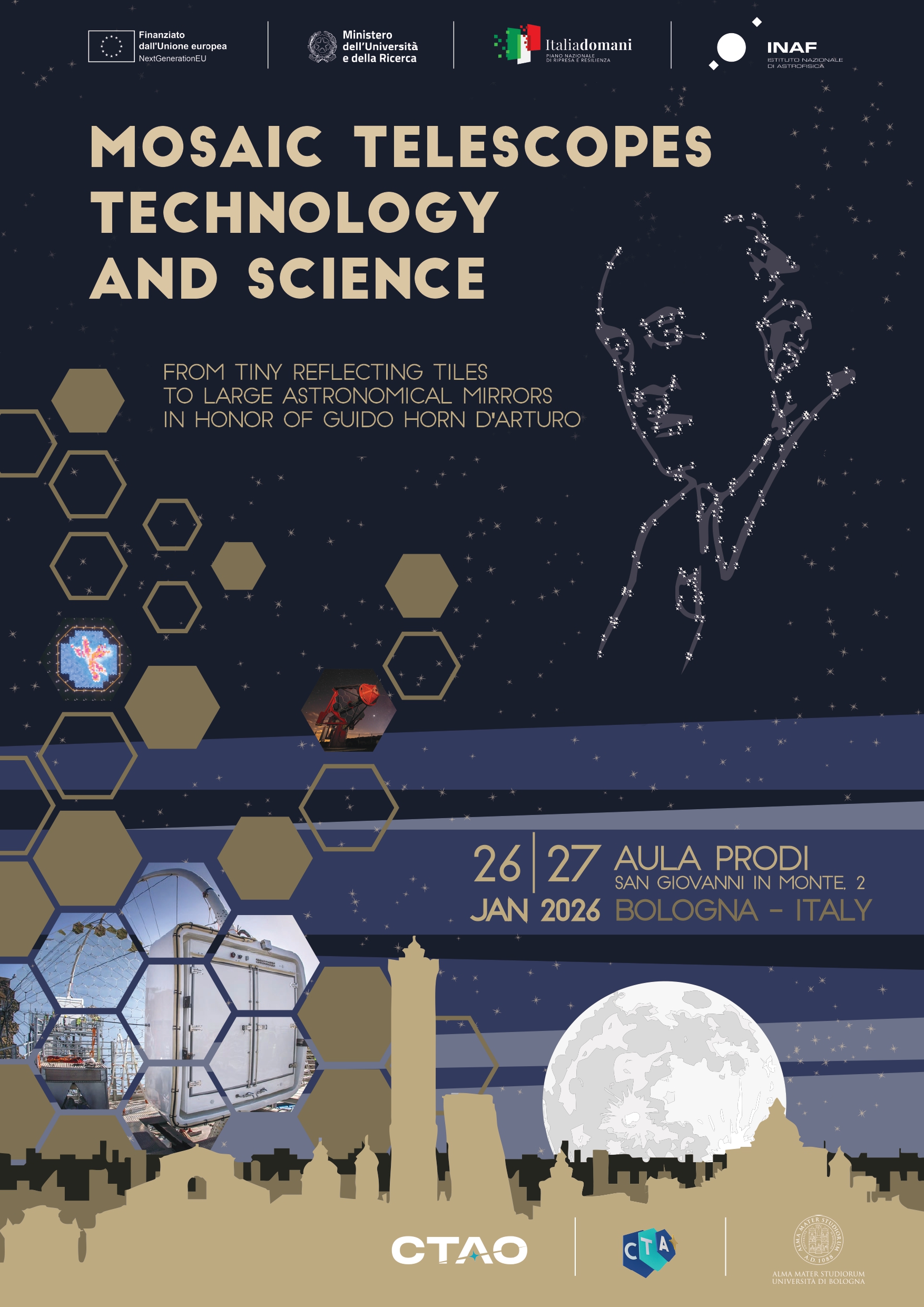
Guido Horn d’Arturo
“Brilliant scientist, visionary astronomer, pioneer of scientifi c outreach, eclectic fi gure, patriot…”
Guido Horn d’Arturo (Trieste 1879 – Bologna 1967) is today recognized as the father of the segmented mirror for large refl ecting telescopes.
Born in Trieste—at the time a prominent city of the Austro-Hungarian Empire—to a Jewish family of Dutch origin, Guido Horn worked as an astronomer for the Kingdom of Italy in Catania, Turin, and Bologna: his heart lay with Italy. During the First World War, he chose to fi ght for the Royal Italian Army and added “d’Arturo” to his surname, in homage to his father and to one of the brightest stars in the northern sky.
In 1921, he became Director at the University Observatory of Bologna, a position he held until 1938, when he was stripped of his chair and dismissed following the enactment of the racial laws.
Already in the early 1930s he conceived the idea of building large mirrors by assembling smaller, individually crafted and aligned spherical segments (tiles), designed to converge the image onto the same focal plane. This approach overcame both the technical challenges linked to mirror size and budgetary restrictions. A visionary insight that has since been embraced and widely applied across many cutting-edge fi elds of astrophysics.
Aware of the importance of communicating scientifi c discoveries, in 1931 he founded the journal Coelum, published by the University of Bologna until 1986, and reinvigorated and expanded the University library.
After the war, he returned to the Observatory, where in 1952 he built and used the fi rst segmented-mirror telescope with a diameter of 1.8 meters. To accommodate it he modifi ed the structure of the tower of the Bologna Specola, where the instrument is still preserved and visible today.
An eclectic scientist and intellectual with wide-ranging interests, he was a curious and witty man, strong in personality and fond of adventure, as evidenced by his numerous scientifi c expeditions to study solar eclipses.
His legacy in the fi eld of segmented mirrors is vast. Among the many initiatives, we highlight:
The ASTRI (Astrofi sica con Specchi a Tecnologia Replicante, i.e. Astrophysics with Replicated Mirror Technology) project, which includes a prototype named ASTRI-Horn—dedicated to him in 2018—operational at Serra La Nave on the slopes of Mount Etna, and the ASTRI Mini-Array, a cluster of nine Cherenkov telescopes under construction at the Teide Observatory in Tenerife (Canary Islands, Spain).
One of the jewels of our time, the JWST (James Webb Space Telescope)—a space observatory launched in 2021 with a 6.5-meter segmented mirror—can be considered the fi rst “Horn mirror” in space, and is already revolutionizing our understanding of the Universe.

